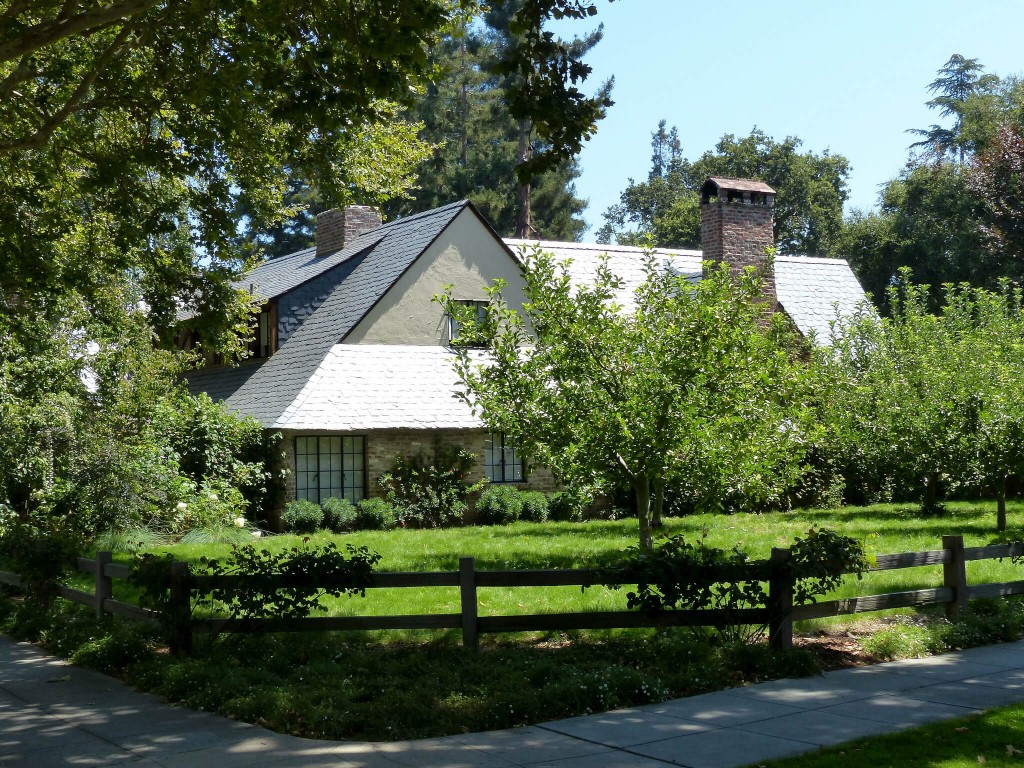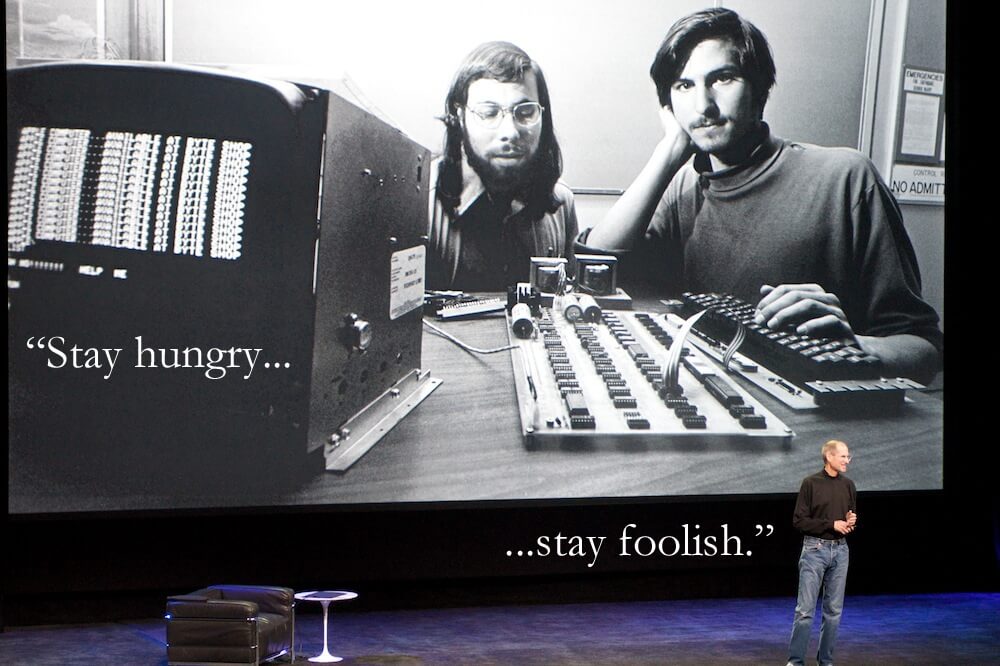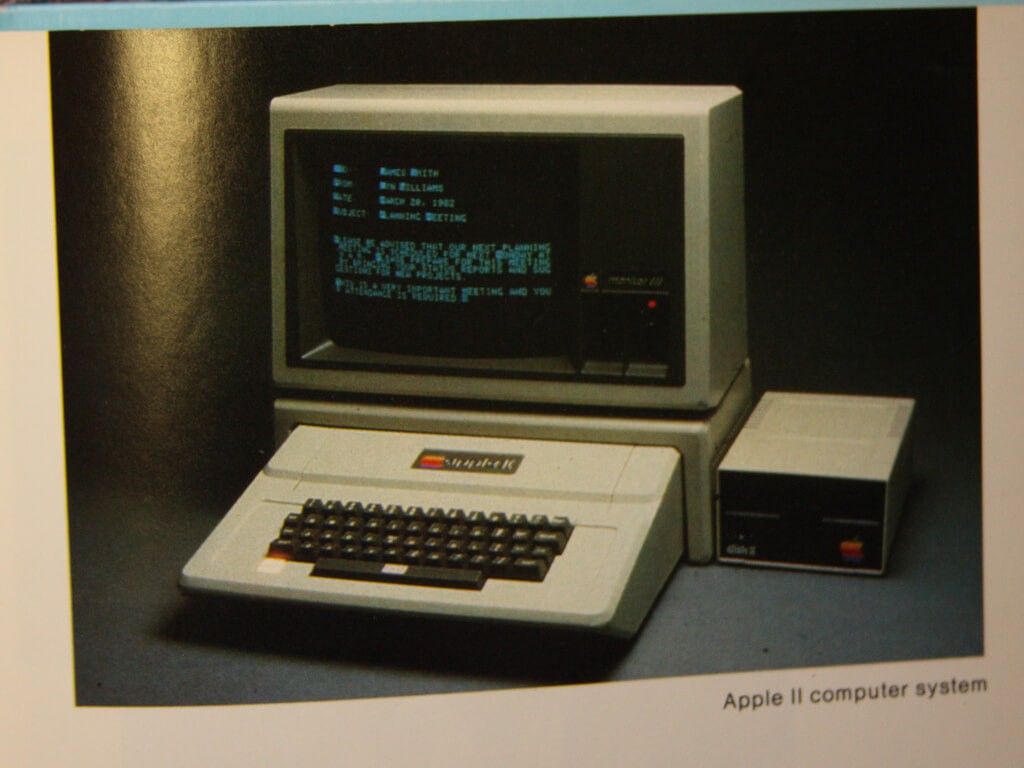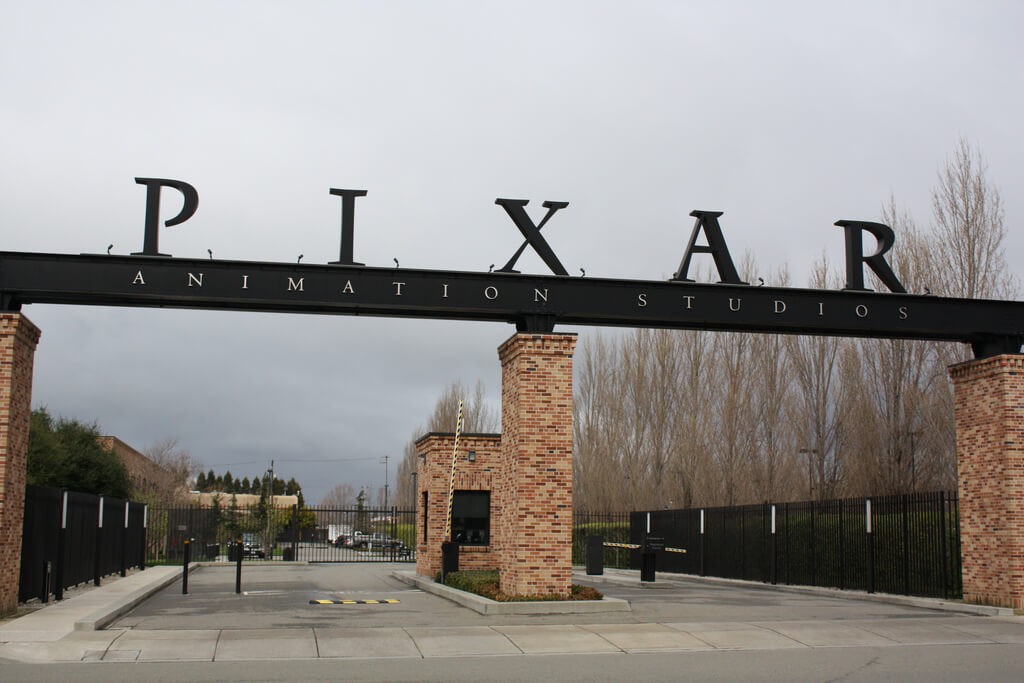Steve Jobs, The man behind the real success of the actual biggest tech company in the world. This great man has a story that keep confirming that people have the power to achieve great things. To start from too small and beat all the big competition that’s already there.
The life of Steve Jobs is an inspiring story for everyone who lose faith when he sees that a market is already full with big brands. When someone lose hope and self-confidence to achieve and pursue his/her dreams.
in the face of adversity. How failure is just the prove of the way of success. And how even if nothing can be predictable you just have to keep doing what you love. No matter what happen.The life of Steve Jobs shows how to act in the face of adversity. How failure is just the prove of the way of success. And how even if nothing can be predictable you just have to keep doing what you love. No matter what happen.
Let’s get to the details to this inspiring story starting from the beginning.
The early life of Steve Jobs
Steve Jobs was born in 24th February 1955 in San Fransisco, California. He was the son of Joanne and Abdulfatah. Two graduate students from the Wisconsin University. They gave him with no name for adoption. Got married, had another child another child named ” Mona Simpson” and it was not until 27 that Steve Jobs knew about his biological parents and Mona.
Steve Jobs was adopted by Clara and Paul Jobs when he was still a baby. They named him “Steven Paul Jobs”. Clara was an accountant and Paul was a machinist and a Coast Guard veteran.
They all lived together in Mountain View, California. This place is actually known as ” Silicon Valley”.
As a kid, Steve Jobs used to work on electronics with his father in the family garage. Steve Jobs learned how to take apart and reconstruct electronics. It was a hobby that provided to the young Steve jobs tenacity and confidence. And also it was the beginning of a mechanical prowess kid.
Steve jobs did quite well in elementary school. In fact, he did so well that administrators wanted him to skip to Highschool. A proposal that his parents declined.
When Steve Jobs went to high school, Homestead High School (1971), he met his future business partner: “Steve Wozniak”. Steve Wozniak was attending the University of California, Berkely, at that time. He was may be older than Steve Jobs, but they were both passionate about electronics. Steve Wozniak was more experienced and with more knowledge than Steve jobs in the field. But, they had so many other common interests. They were so connected to each other, that even with a difference in knowledge couldn’t stop them to be best friends.
After high school, Steve Jobs enrolled at Reed College in Portland, Oregon. But due to the lack of interest on what he was studying, he dropped out from college after only one semester. He spent the next 18 months dropping in on creative classes at school.
By 1974, Steve jobs took a part-time job as a video game designer at Atari. He mostly did it to accumulate enough money to go on a spiritual trip to India. And he did.
During Steve’s trip to India, he studied Eastern culture and religion. After 7 months in India, Steve Jobs got back to the US. He started Zen Buddhism and also experimented some psychedelic drugs (LSD).
He renewed his friendship with his old best friend Steve Wozniak. And that was only the beginning of some great projects ahead
Business Life of Steve Jobs
How The seeds of Entrepreneurship came to Steve Jobs
When Steve Jobs got back to the US. He needed to start getting some money. So he went back to Atari and he was assigned to create a circuit board to an arcade game –Breakout-. Atari was offering $100 for each TTL(Transistor–transistor logic) chip that was eliminated in the machine. Steve Jobs has some knowledge in the field, but who was a way better than him in that? His friend Steve Wozniak! He made a simple deal with him. Steve Jobs would split the fee between both of them if eventually Wozniak could minimize the number of chips. Challenge accepted & Done! Steve Wozniak reduced the TTL count to 46! A design so tight that it was just impossible to reproduce on any assembly line. Atari was AMAZED! They gave as a bonus for that $5000 to Steve Jobs. He went to Steve Wozniak and told him they gave him only $700, so he gave him his half of it which was $350. Steve Wozniak learned about the real bonus only ten years later!
Steve Wozniak has designed a low-cost electronic device that generates the same tones employed by a telephone operator’s dialing console to switch long-distance calls. In other words a “blue box“. For Steve Jobs, it was clear that they could make money from it. They did some illegal clandestine sales of the Blue boxes, and since it went well, it totally start giving ideas to Steve Jobs how much electronics can be fun and profitable. They build blue boxes with parts that worth only $100 and they made about $6000 selling them. Wouldn’t that motivate you to do more and better in this field?
The Apple adventure
In 1975, Steve Jobs, 20 years old, and Steve Wozniak, 25 years old, set up a shop in the garage in Jobs parent’s garage. Named the venture “Apple”, and started working on the prototype of the Apple I.

It’s in the garage of this house that it all started…
To generate the capital of $1,350 they used to start. Steve Jobs sold his Volkswagen microbus and Steve Wozniak sold his scientific calculator.

Steve Jobs and Steve Wozniak working on 1st Apple computer. With one of Steve’s famous quotes.
The Apple I was put on sale for $666.66 each, in April 1976, and even if it was sold mainly to the hobbyists. It generated enough cash, around $774,000, to allow Steve Jobs and Wozniak to improve and refine their design. Then, in 1977 they introduced the Apple II. It was the first personal computer with color graphics and a keyboard. It was mainly designed for beginners. The user-friendly Apple II was a huge success. The sales in the first year reached $3 million. Two years later, it jumped to $200 million.

The Apple II
By the wear of 1980, all the success that Apple reached with the Apple I and Apple II was starting to disappear. The competition increased and added to only a few sales of the Apple III and its follow-up, the LISA. All of that cause to Apple a big loss of its part of the market -nearly the half of its part was lost to IBM-. Facing all that troubles, Steve Jobs introduced the Apple Macintosh in 1984.
Facing all that troubles, Steve Jobs introduced the Apple Macintosh in 1984. This computer was a real revolution. A big step in terms of ease-of-use. It was the first personal computer ever, that came with a graphical user interface controlled by a mouse. Steve Jobs imagined the Mac as a home computer, but at $2,495, it was too expensive!
When the consumer sales failed, Steve Jobs tried to save what remains. He pitched the Mac as being a business computer. But with little memory, no hard drive, and no networking capacities, the Mac has none of the features that companies are looking for in a computer. So it was a fail in both Bussiness and Consumers sales.
This turn of events has nothing of good news. Steve Jobs started to have some troubles with the Apple’s board of directors. In 1983, Steve Jobs was removed from the board by the new CEO John Sculley, whom Steve Jobs picked to help him run Apple.
Destitute from all the power and control. Steve Jobs sold all his share of Apple, a company that he co-founded, and resigned in 1985.
New beginnings for Steve Jobs
Later, in the same year when he left Apple, Steve Jobs used some of the money he got from the stock sale and launched NeXT Computer CO. A company with the specific goal of creating revolutionary computers dedicated for Business and Education.

By the year of 1986, Steve Jobs purchased an animation company from George Lucas.Which will later become Pixar Animation Studios. He invested more than 50 million of his own money on it.

The first Computer made by NeXT was in 1988. It was a real breakthrough computers industry. It has fast processing speeds, exceptional graphics, and an optical disk drive. But it was too expensive again! It was at $9,950. It didn’t attract enough sales, of course, so Steve Jobs switched the company’s focus from the Hardware to the software.
In 1995, Pixar produced “Toy Story” and it was a huge success. Encouraged by it, Steve Jobs took Pixar public in 1996. And by the end of the first day, the 80% of shares of the company that he owned became worthing $1 billion. 10 years after he start struggling, got fired from the company he co-created and resigned. He was back to the success path! The best was still yet to come.
Just some days after that Pixar went public, Apple bought NeXT for $400 million and re-assigned Steve Jobs to Apple’s board of directors as an advisor for Apple chairman and CEO Gilbert F.Amelio. Apple has failed to develop the next generation of the Macs, after the departure of Steve Jobs they were just going from fail to fail. When they did this gesture, they had only 5.3% parts of the market, and they were hoping that the co-founder, Steve Jobs, who took Apple from unknown to success can do it again.
By the end of March 1997, Apple announced a quarterly loss of $708 million. Three months after that, Amelio resigned and Steve Jobs was once again in charge, and with all the power and control he needed.
The first thing Steve Jobs has done was to cut a deal with Mircosoft to ensure the survival of Apple. Microsoft invested $150 million for a nonvoting minority stake in Apple, and the companies agreed to “cooperate on several sales and technology fonts”. Then, Steve Jobs installed the G3 PowerPc microprocessor in all Apple computers, making them a way faster than their rivals -Pentium PCs-. He also started the development of what he named the “iMac” which is a new line of affordable home desktops, which debuted in August 1998.
Apple quickly returned to profitability. By the end of 1998, the sales reached $5.9 billion. Steve Jobs was a rescuer! Maybe he achieved it only because its Apple the company he founded and loved. Even if during their relationship they went through so many hard times.
Apple was definitely back, and with the original mentality of making a breakthrough in the domain, leading the evolution of technology. That’s why they didn’t stop there. During the next decade, the company made a serie of revolutionary products which were principally:
- The iPod: a mobile digital audio player to listen to all kinds of audio files. First version released in 2001
- Apple Itunes Store: an online marketplace where they put all kinds of files and applications related to Apple products. Started in 2003. Btw it becomes the biggest source of Apple revenue in these days…
- The iPhone: An interactive smartphone made by Apple. First apparition in 2007. Is known by known as the smartphone dedicated to the luxury consumers.
- The iPad: An interactive tablet. First release in 2010.
Apple has sold more than 300 million iPods, more than 1,5 billion iPhones, more than 40 million iPad devices. And Apple has sold billions of songs through the Itunes store.
Steve Jobs has built Apple starting with only $1,350 in a garage with his best friend. Now Apple is valued to worth $1 trillion. If that doesn’t prove how much hard work and dedication pays.
The Medical hard conditions of Steve Jobs
Steve Jobs had pancreatic cancer. He discovered it in 2003 and instead of immediately opting for surgery, he chose to alter his pescovegetarian diet while weighing Eastern treatment options. He postponed the surgery for more than 9 months, and by 2004 he finally took it. It was a successful surgery.
In the early 2009, news circulated that steve jobs is losing weight. Some predicted his health issues had returned which included a liver transplant.
On 5th October 2011, Apple announced that its co-founder Steve Jobs had passed away. After a hard a long battle with pancreatic cancer for nearly a decade. Steve Jobs, died in Palo Alto. He was only 56 years old.
That’s it for the briefing of Steve Jobs’s story. If you want to know more about him I advise you to:
- Read the book: Steve Jobs by Walter Isaacson.
- See the movies: 1- Pirates of Silicon Valley (1999).
2- Jobs (2013)
Here is the trailer:
3- And maybe also the upcoming Steve Jobs (2015)
Trailer:
I hope that you are going to like them.
Just one last thing, Steve Jobs has changed the world. What’s holding you from doing it too?
Image credits: 1 2 3 4 5 6 7 8
